A friend bougnt this at walmart. 43 dollars I believe. It’s very well built and much heavier than an OE filter but it doesn’t pass the sunlight test. You can see tiny pinholes just like the oiled filters. I was hoping it would be better cause it’s a nice looking filter otherwise ! In 2 of the pics I’m holding it up to the sun and you can see the pinholes
Attachments
-
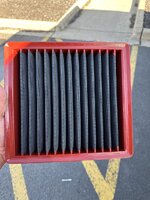 FD96CB1D-53FC-4A8A-947F-FEC4DE1FF52E.jpeg174.7 KB · Views: 139
FD96CB1D-53FC-4A8A-947F-FEC4DE1FF52E.jpeg174.7 KB · Views: 139 -
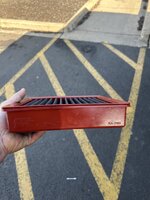 AD5C2D0C-6DC5-4309-ADB4-369A206FB04E.jpeg115.5 KB · Views: 118
AD5C2D0C-6DC5-4309-ADB4-369A206FB04E.jpeg115.5 KB · Views: 118 -
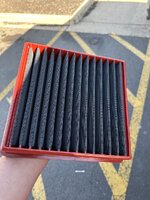 273E104C-DA28-497E-ADAE-5883F4B0DE52.jpeg175.1 KB · Views: 110
273E104C-DA28-497E-ADAE-5883F4B0DE52.jpeg175.1 KB · Views: 110 -
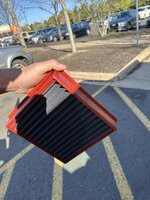 C2C4B70F-A7F0-479C-8BAB-9A69A633B50C.jpeg147.9 KB · Views: 129
C2C4B70F-A7F0-479C-8BAB-9A69A633B50C.jpeg147.9 KB · Views: 129 -
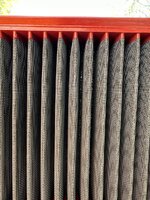 132BD525-F4DB-4001-AC1E-0AADEB191C3A.jpeg312.1 KB · Views: 140
132BD525-F4DB-4001-AC1E-0AADEB191C3A.jpeg312.1 KB · Views: 140 -
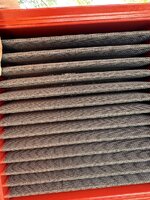 C77A246E-F670-4315-B474-C40BB1EBBE91.jpeg319.1 KB · Views: 144
C77A246E-F670-4315-B474-C40BB1EBBE91.jpeg319.1 KB · Views: 144
